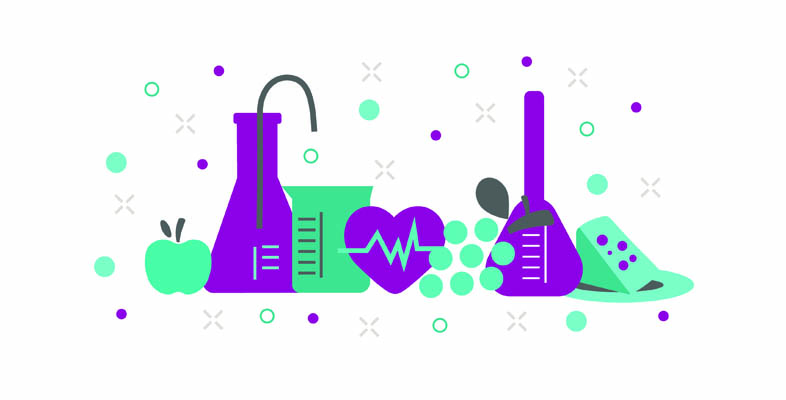2.3 Post absorptive signals
Fluctuations in blood glucose level affect appetite. Low blood glucose level (hypoglycaemia) stimulate hunger. There is a homeostatic balance of blood glucose level. As blood glucose increases, a hormone – insulin – is secreted by the pancreas. This is an acute appetite suppressant.
You may have heard of leptin which is released by adipose tissue (fat cells) in the body. This decreases during a period of fasting and increases when you eat. Leptin acts on the hypothalamus in the brain, which causes the release of neuropeptides (e.g. neuropeptide Y), which inhibits food intake.
Another neuropeptide called orexin (hypocretin) is involved with arousal, wakefulness and appetite. This increases the craving for food. Leptin inhibits craving, while ghrelin and hypoglycaemia stimulate orexin-producing cells in the hypothalamus and spinal cord.
So, the next time you crave something to eat, blame it on your orexin!
Activity 3 Hunger and Satiety
Put the correct effect next to the relevant hormone below.
Using the following two lists, match each numbered item with the correct letter.
ghrelin
CCK
insulin
leptin
PPY
orexin
a.released by digestive tract sending signal to brain of satiety
b.released by digestive tract, sending signal to brain of satiety
c.controls blood glucose levels
d.stimulated by empty stomach sending signals of hunger to brain
e.secreted by fat cells, decreasing hunger
f.increases craving for food
- 1 = d
- 2 = a
- 3 = c
- 4 = e
- 5 = b
- 6 = f
